Best Tummy Time Mats for Infant Development – Top Picks for Fun & Growth
Introduction
Tummy time is one of the most important daily activities you can introduce to your infant. While it may look like simple playtime, it’s actually a powerful exercise that builds muscles, strengthens motor skills, and lays the foundation for future milestones like rolling over, sitting up, crawling, and eventually walking.
But tummy time can sometimes be challenging. Many babies resist being placed on their stomachs at first, making parents worry that they’re not getting enough practice. That’s where a tummy time mat comes in. These mats transform tummy time into an engaging, safe, and stimulating experience. With soft cushioning, bright colors, attached toys, and sometimes even music and lights, tummy time mats encourage babies to stay longer on their bellies while having fun.
In this guide, we’ll explore:
-
Why tummy time is essential for your baby’s development.
-
What to look for when buying a tummy time mat.
-
A detailed review of the best tummy time mats in 2025 — including trusted brands like Fisher-Price, Skip Hop, Tiny Love, Infantino, and more.
-
Tips for making tummy time successful at every stage.
-
A comparison table and FAQs to help you choose the perfect mat for your little one.
Why Tummy Time Matters
Tummy time isn’t just play — it’s an essential developmental exercise. Here’s why pediatricians recommend it daily from birth:
1. Muscle Strengthening
When babies are placed on their stomachs, they naturally try to lift their heads and push up with their arms. This motion strengthens the neck, shoulders, arms, and upper back muscles, preparing them for milestones like rolling over and crawling.
2. Flat Head Prevention
Infants spend a lot of time lying on their backs in cribs, swings, and car seats. Too much time on their backs can contribute to positional plagiocephaly (flat head syndrome). Regular tummy time helps prevent this by encouraging different head positions.
3. Motor Skills Boost
Reaching for toys, batting at hanging objects, and pushing up on their hands builds hand-eye coordination, balance, and gross motor skills.
4. Sensory Development
Textures, sounds, and colors on a tummy time mat stimulate sight, touch, and hearing. Many mats include mirrors so babies can see themselves, which is excellent for self-awareness and social development.
5. Bonding and Confidence
Parents can lie down face-to-face with their baby, sing songs, or guide their little one’s hands toward toys. This turns tummy time into a bonding activity that helps babies gain confidence in movement.
Key Features to Look for in a Tummy Time Mat
Not all tummy time mats are created equal. When choosing one, keep these factors in mind:
Material & Safety
-
Always pick mats made from BPA-free, non-toxic, and hypoallergenic materials.
-
Look for mats that are phthalate-free and lead-free, ensuring they’re safe for mouthing and chewing.
-
Make sure there are no detachable small parts that could be choking hazards.
Size & Portability
-
Large mats allow babies more space to move, roll, and crawl.
-
If you travel often, choose a foldable or lightweight mat that fits easily into a diaper bag.
Engaging Features
-
Textures: Crinkle fabrics, plush sections, or raised surfaces for sensory exploration.
-
Mirrors: Baby-safe mirrors encourage visual stimulation and self-recognition.
-
Toys & Arches: Hanging toys encourage reaching and batting.
-
Music & Lights: Interactive elements that grab attention and extend playtime.
Comfort & Padding
-
Choose mats with enough cushioning for hardwood or tile floors.
-
Avoid mats that are too thick, as they can make it harder for babies to push up or roll.
Top 7 Tummy Time Mats in 2025
Here are the most recommended tummy time mats this year, reviewed for safety, durability, and engagement.
1. Infantino Twist and Fold Activity Gym
This versatile mat doubles as an activity gym and tummy time station, making it one of the most popular choices.
-
Highlights: Padded play mat, baby-safe mirror, detachable toys, easy twist-and-fold design.
-
Pros: Affordable, portable, grows with baby.
-
Cons: Smaller surface compared to larger foam mats.
-
💡 Best For: Parents who want a travel-friendly, multifunctional play mat.
2. Skip Hop Baby Treetop Friends Activity Gym
A woodland-themed activity mat with plush textures and hanging toys.
-
Highlights: Plush tummy time pillow, hanging characters, crinkle fabrics, and mirror.
-
Pros: Stylish design, great for tummy support.
-
Cons: Pricier than budget mats.
-
💡 Best For: Families looking for both comfort and beautiful design.
3. Fisher-Price Deluxe Kick & Play Piano Gym
This interactive mat combines tummy time with musical discovery.
-
Highlights: Kick-activated piano keys, detachable toys, overhead arch.
-
Pros: Keeps babies engaged longer, grows into toddler play gym.
-
Cons: Requires batteries, more stimulating than calming.
-
💡 Best For: Babies who love music and movement.
4. Baby Care Play Mat
A large foam play mat that’s reversible, waterproof, and extra cushioned.
-
Highlights: Non-toxic, hypoallergenic, wipe-clean design with cute prints.
-
Pros: Spacious, durable, doubles as toddler play area.
-
Cons: Doesn’t come with attached toys or arches.
-
💡 Best For: Families wanting a mat that works from newborn to toddlerhood.
5. Tiny Love Gymini Deluxe Activity Mat
A plush, interactive mat with adjustable arches.
-
Highlights: Musical elements, crinkle toys, baby-safe mirror, and textures.
-
Pros: Highly engaging, versatile toy setup.
-
Cons: Requires space for setup.
-
💡 Best For: Babies who love lots of stimulation and variety.
6. Lovevery Play Gym
A Montessori-inspired tummy time mat designed to grow with your baby.
-
Highlights: Sustainably made, includes high-contrast cards, wooden toys, textures.
-
Pros: Eco-friendly, encourages learning through play.
-
Cons: Premium price point ($140–160).
-
💡 Best For: Parents who prefer Montessori or minimalist baby gear.
7. Bright Starts Prop & Play Mat
A cozy, budget-friendly option shaped like a cute animal.
-
Highlights: Soft prop pillow, crinkle fabrics, textures, and mirror.
-
Pros: Affordable, lightweight, great for smaller spaces.
-
Cons: Less durable than premium mats.
-
💡 Best For: Newborns and smaller spaces.
Comparison Table: Best Tummy Time Mats 2025
| Tummy Time Mat | Best For | Price Range | Key Features | Pros | Cons |
|---|---|---|---|---|---|
| Infantino Twist & Fold | Travel & versatility | $50–70 | Foldable, toys, mirror | Portable, budget-friendly | Smaller play area |
| Skip Hop Treetop Friends | Comfort + design | $85–100 | Plush pillow, textures, mirror | Stylish, engaging | Pricier |
| Fisher-Price Kick & Play | Music + play | $50–65 | Piano keys, music, detachable toys | Multi-stage use | Needs batteries |
| Baby Care Foam Play Mat | Spacious play area | $100–130 | Waterproof, cushioned, reversible | Large, long-lasting | No attached toys |
| Tiny Love Gymini Deluxe | High engagement | $90–120 | Arches, music, textures | Lots of features | Takes up more space |
| Lovevery Play Gym | Montessori style | $140–160 | Eco-friendly, sensory zones | Durable, educational | Expensive |
| Bright Starts Prop & Play | Budget-friendly | $30–40 | Soft pillow, mirror, crinkles | Affordable, portable | Basic design |
Tips for Effective Tummy Time
-
Start Early: Introduce tummy time from the newborn stage, even for just 1–2 minutes at a time.
-
Use Props: Small tummy time pillows can make it easier for young babies.
-
Keep It Engaging: Use toys, mirrors, or music to keep your baby interested.
-
Stay Close: Always supervise tummy time — sit nearby and encourage your baby with smiles and chatter.
-
Build Gradually: Increase tummy time duration as your baby gets stronger. Aim for a total of 20–30 minutes daily by 3 months old.
FAQs About Tummy Time Mats
Q1: How long should tummy time last?
Newborns can start with a few minutes per session, gradually working up to 30–60 minutes total per day by 4–6 months.
Q2: When should I start tummy time?
As soon as you bring your baby home! Even a few minutes a day helps strengthen early muscles.
Q3: Are tummy time mats necessary?
You can use a blanket, but mats are safer, more comfortable, and encourage longer play with interactive features.
Q4: Can tummy time mats be used after 6 months?
Yes. Larger mats like the Baby Care Play Mat or Lovevery Play Gym grow with your child and work well into toddlerhood.
Q5: How do I clean a tummy time mat?
Choose mats that are machine-washable or wipe-clean. Always air-dry completely to avoid mold.
Conclusion
Tummy time is more than a daily activity — it’s the foundation for your baby’s physical, cognitive, and sensory development. The right tummy time mat makes all the difference by keeping your baby comfortable, safe, and engaged.
-
If you want a travel-friendly option, the Infantino Twist and Fold is excellent.
-
For design + plush comfort, choose the Skip Hop Baby Treetop Friends.
-
For music-loving babies, the Fisher-Price Kick & Play Piano Gym is a top pick.
-
If you prefer Montessori-inspired, eco-friendly gear, the Lovevery Play Gym is worth the investment.
-
For large play spaces, the Baby Care Foam Play Mat is ideal.
By investing in a high-quality tummy time mat, you’re not just buying a toy — you’re giving your baby the tools they need to grow stronger, explore confidently, and hit those exciting milestones.
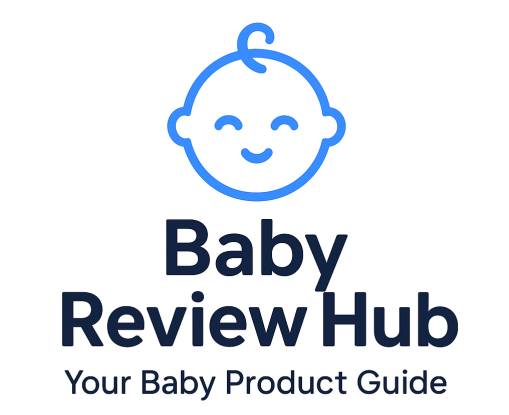
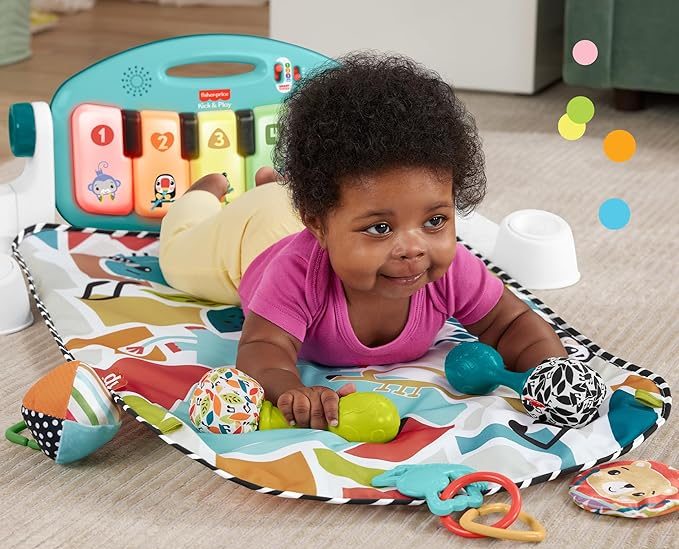
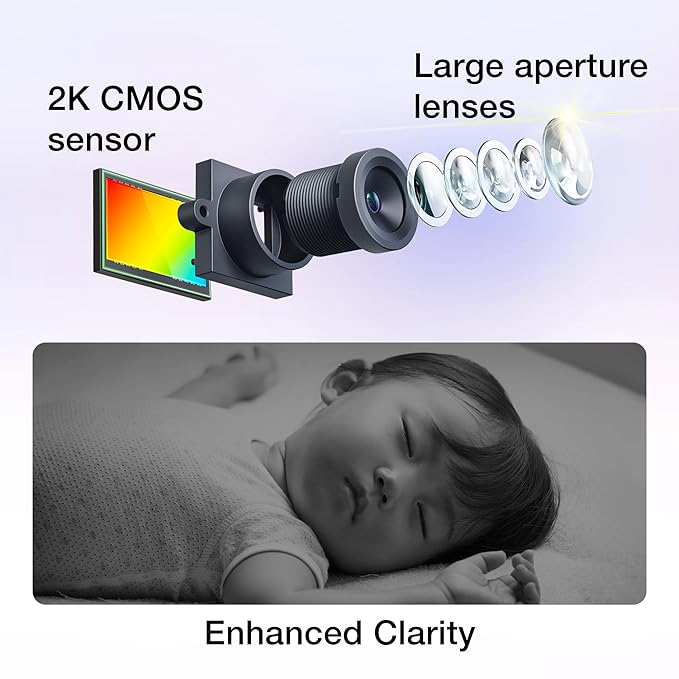
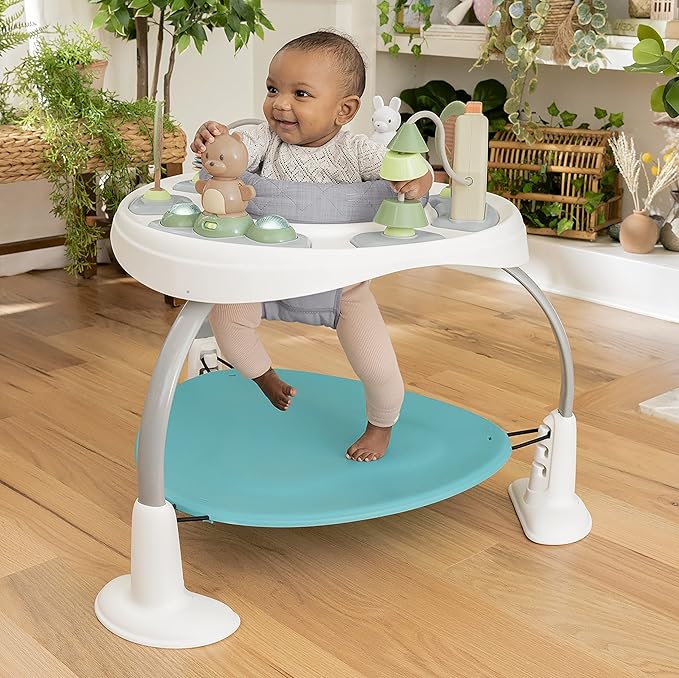
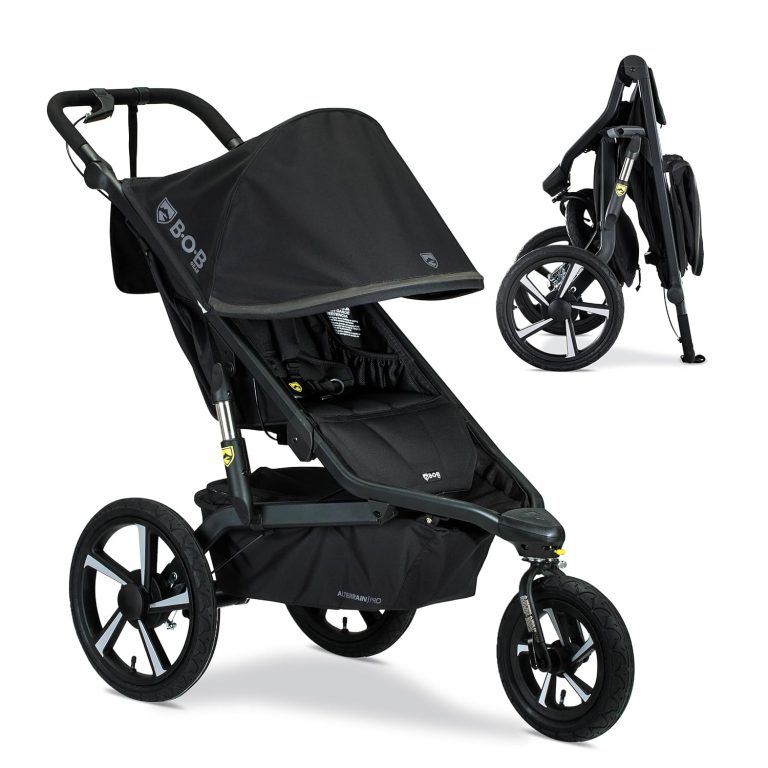

3 Comments